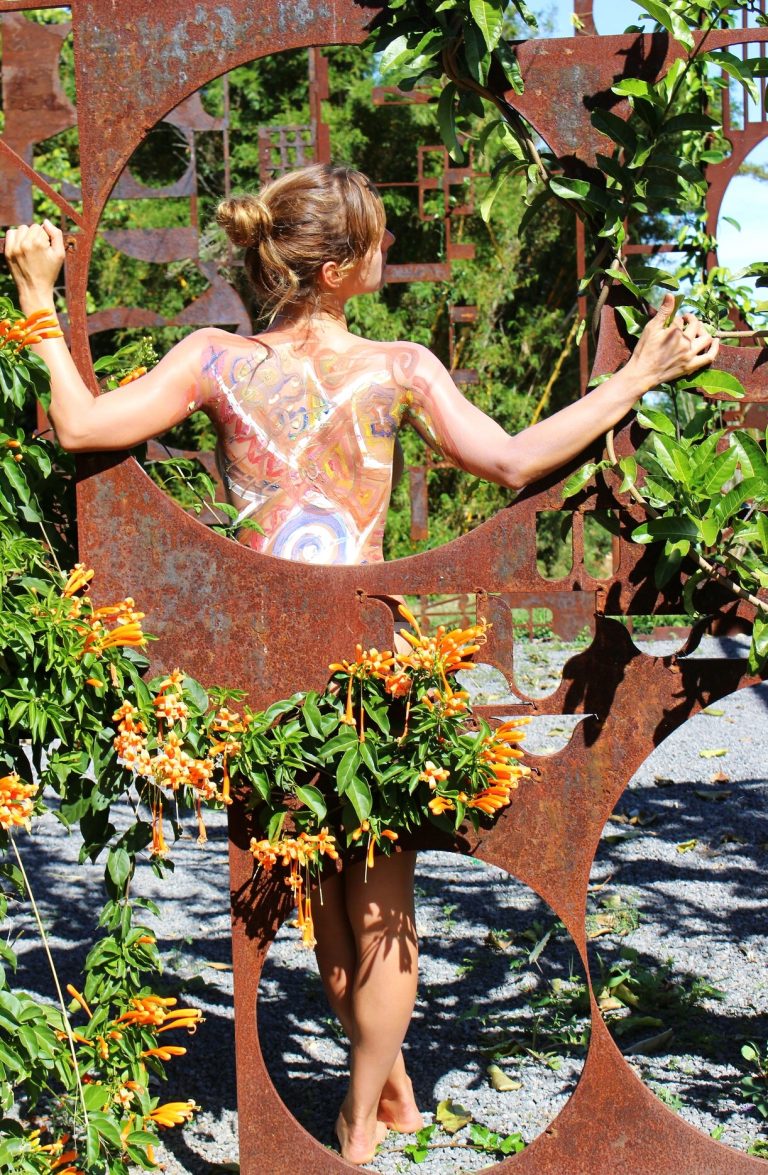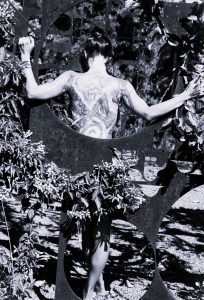Arts
Yoga has the potential to enhance creativity. Here’s how yoga can contribute to a more creative mindset:
Reducing Stress and Relaxation: Yoga practices, including deep breathing, meditation, and gentle movement, help activate the relaxation response in the body. By reducing stress and calming the mind, yoga creates a conducive environment for creativity to flourish. When the mind is relaxed, it becomes more open, receptive, and capable of generating new ideas.
Cultivating Mindfulness: Yoga encourages present-moment awareness and mindfulness. By focusing on the sensations of the body, breath, and movement during yoga practice, individuals develop a heightened sense of awareness. This mindfulness can extend beyond the yoga mat and into daily life, allowing for greater attention to detail, fresh perspectives, and increased sensitivity to inspiration in the surrounding environment.
Enhancing Body-Mind Connection: Yoga promotes a strong connection between the body and mind. By engaging in yoga postures, individuals become more attuned to the sensations, limitations, and capabilities of their physical bodies. This heightened body awareness can translate into a deeper understanding of one’s own creative process, emotions, and thoughts, leading to greater self-expression and exploration of unique ideas.
Balancing Energy Flow: In yoga philosophy, it is believed that there are energy centers in the body called “chakras.” The practice of yoga aims to balance and harmonize these energy centers. When the energy in the body is flowing optimally, it can positively impact mental clarity, focus, and creative expression.
Unlocking Blocked Energy: Yoga poses, particularly those that target the hips, spine, and chest, can help release tension and stagnant energy stored in the body. This release of physical and energetic blockages can create a sense of lightness, freedom, and openness, facilitating a more fluid and unrestricted flow of ideas and creative inspiration.
Cultivating Patience and Persistence: Yoga is a practice that requires patience, discipline, and consistency. Regularly engaging in yoga can instill these qualities, which are crucial for the creative process. Creativity often requires perseverance, the ability to embrace uncertainty, and the willingness to explore multiple ideas. Yoga can help cultivate these attributes and strengthen the mindset necessary for creative endeavors.
While yoga can be a valuable tool for enhancing creativity, it’s important to note that creativity is a multifaceted process influenced by various factors. Different individuals may find inspiration and creative stimulation through a variety of practices and activities. It’s beneficial to explore and combine different approaches that resonate with you personally to nurture and unleash your creative potential.
For me, the act of creating art transcends mere aesthetics or visual appeal. It serves as a profound exploration, delving into the depths of my being to confront what lies beneath the surface. Through art, I confront my fears, patterns, limitations, and inspirations, while also embracing the pleasures and joys that reside within me. It becomes a transformative journey, where I uncover and express the raw essence of who I am, beyond superficial appearances. Art becomes a medium for self-discovery and a means to connect with the vast and intricate tapestry of my inner world.

The statement “Art enables us to find ourselves and lose ourselves at the same time” captures the transformative and immersive nature of the creative process. When we engage in artistic expression, we have the opportunity to discover and connect with our true selves, exploring our deepest emotions, thoughts, and perspectives. Through art, we can delve into the realms of our imagination, transcending the boundaries of our everyday lives. In this state of creative flow, we may lose track of time and immerse ourselves fully in the act of creation, letting go of external distractions and surrendering to the process. In this beautiful paradox, art becomes a gateway to self-discovery and self-expression, allowing us to both find a profound connection with ourselves and temporarily transcend our individual boundaries.

The artistic process includes listening to what is going on in your head and facing all your inner voices and parts of your personality that you may not be completely aware of, like the inner critic, the over-analyzing, and the perfectionist. You became aware of all your voices and needs, including the need to please others, prove a point, be recognized, and gain approval. All of it is part of the process of art, and it leads to greater self-awareness, self-acceptance, and becoming kinder and more supportive of ourselves even when we have “messed up.” We start learning and seeing that what we have viewed as mistakes is what gives life and depth to our work.
For this reason, making art is not easy. It is, however, the first and final act of liberation of you from yourself, and is a process of healing our inner child and liberating our oppressions and fears. From a very young age, society limits and cuts our creativity and tells us what our unique and personal artistic expression should look like and how it should be done. We learn that to be completely free with our creativity is not acceptable or allowed. We all have creativity and are artistic the only variable is how much this creativity has been limited and suppressed.










